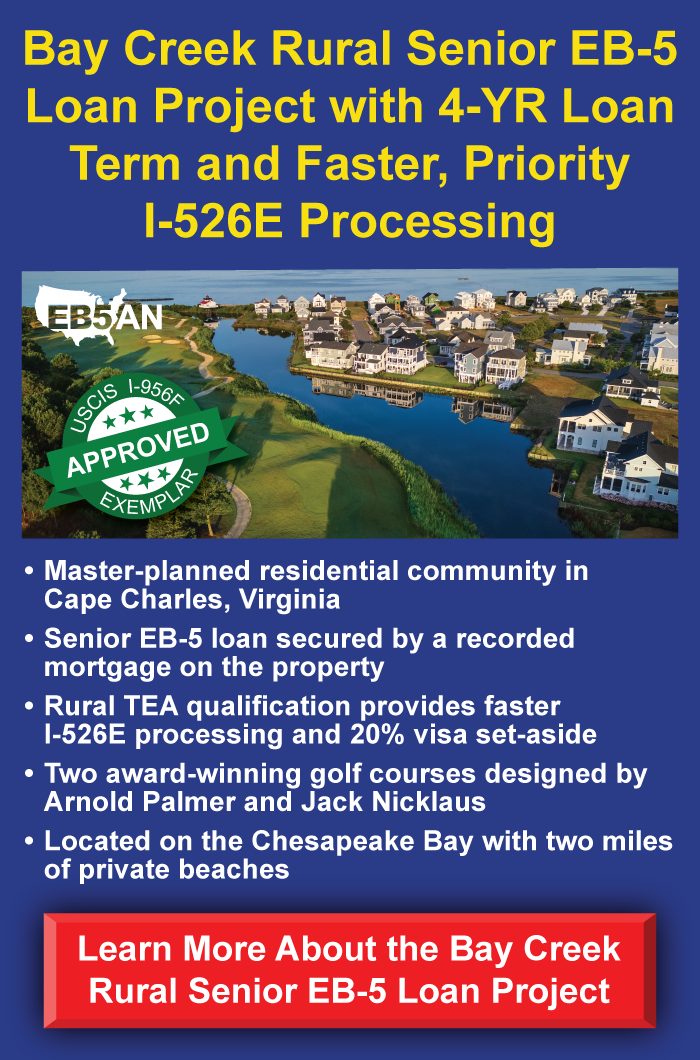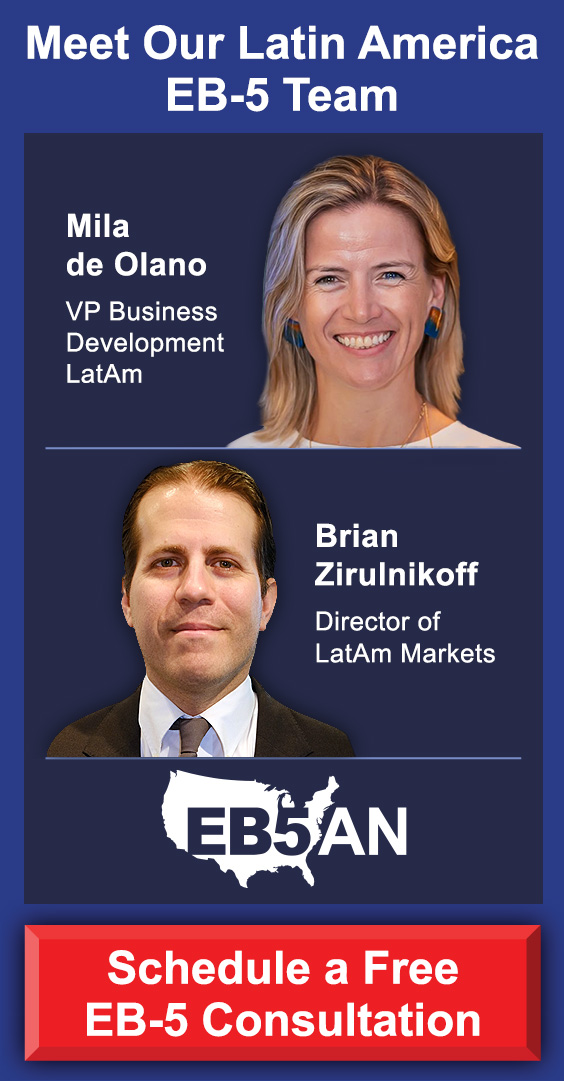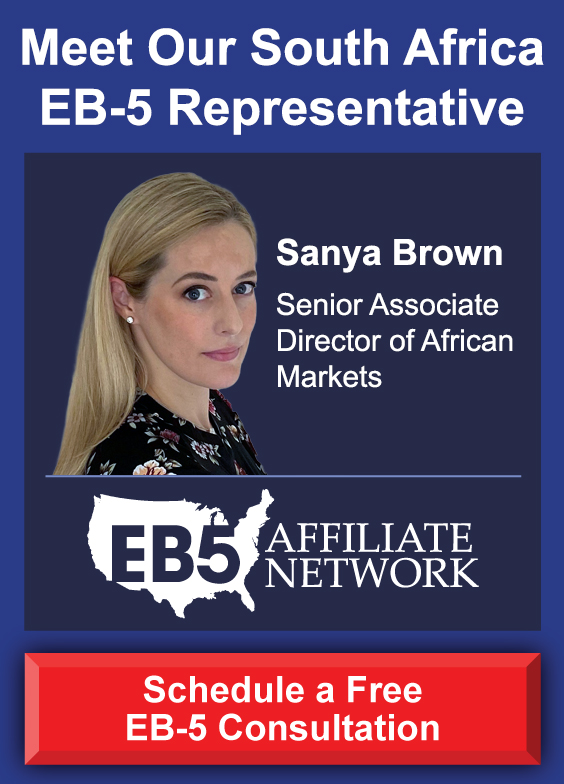The EB-5 Visa program offers foreign nationals an opportunity to obtain U.S. permanent residency by making a significant investment in a U.S. business. While the program is an attractive pathway to living and working in the United States, those who have no prior connections to the country may face certain challenges during their immigration process. In this guide, we will walk through the steps, from choosing a project to adjusting to life in the U.S., providing helpful insights to establish a stable foundation for the future.
The EB-5 Program
Choosing the Right Investment Project
Proving the Lawful Source of Funds
Application Process Through Consular Processing
- Gathering Supporting Documents
- Completing the Medical Examination
- Attending the Visa Interview
- Receiving Your Immigrant Visa
- Entering the United States and Obtaining Your Green Card
Lifestyle Transition and Integration Into U.S. Society
- Cultural Adjustment
- Business and Financial Considerations
- Family and Education
- Social Connections and Community
EB5AN Can Guide You Through This Process
The EB-5 Program
The EB-5 visa program is designed to stimulate the U.S. economy by attracting foreign investment. Investors and their immediate families (spouse and children under 21) can obtain lawful permanent residency if they invest a minimum of $800,000 if the investment is in a targeted employment area (TEA), the investment creates or preserves at least 10 full-time U.S. jobs, and the investment is at risk, meaning there is a potential for both profit and loss.
For investors unfamiliar with the U.S., the process can be daunting. However, with careful planning and understanding of the application process, especially working with a reputable regional center and a knowledgeable immigration attorney, it is entirely possible to successfully navigate the system.
Choosing the Right Investment Project
One of the first and most important steps in the EB-5 process is selecting the right investment project. Since the investment must create jobs, it is critical to choose a project that has a realistic chance of meeting the job creation requirement.
When selecting a project, due diligence is essential. Investors should carefully research the project’s background, financial projections, and the developer’s track record. Reputable regional centers often provide resources and information which would prove very helpful to a potential investor who is not experienced in the process.
Regional Centers
Many EB-5 investors choose to invest through a regional center—an entity designated by USCIS to manage EB-5 investments. Regional centers often provide a more streamlined process and allow investors to count indirect job creation (jobs created indirectly through the business’s operations) as opposed to direct investment which can only count direct job creation, which is harder to achieve.
Direct Investment
Another option is direct investment in a new commercial enterprise. This route can be more complex, as it requires the investor to actively manage the business and directly create the required jobs. It would also require more involvement and control in the day-to-day running of the investment project.
Proving the Lawful Source of Funds
One of the unique challenges for EB-5 investors is providing adequate documentation of the lawful source of the funds they are investing. U.S. immigration law requires that the funds used for the EB-5 investment come from a legal source and be traceable.
Investors will need to provide detailed records that trace the source of their funds. This may include personal or business tax returns, bank statements, sale of assets, inheritance or gifts.
USCIS will want to see a clear paper trail that proves the funds were legally obtained. This can be particularly difficult for investors in countries where financial documentation may not be as formal or accessible. In such cases, hiring an expert who specializes in EB-5 cases may be necessary to prepare the documentation.
Application Process Through Consular Processing
Once you have selected an investment project, the next step is to apply for the EB-5 visa through consular processing (for investors outside the U.S.) or adjustment of status (for those already in the U.S.). This guide will focus on consular processing for investors outside the U.S.
The first step is to file Form I-526E with USCIS. This petition demonstrates that the investor has made the necessary investment, and that the funds are from a lawful source. The processing time for an I-526E petition can vary. Once the I-526E petition is approved, you will proceed with the visa application process at your local U.S. consulate or embassy. You will need to submit additional forms, including DS-260 (Immigrant Visa Electronic Application), and undergo an interview. At this stage, the consulate will assess whether you meet the necessary eligibility requirements for a visa and whether your application is complete.
Gathering Supporting Documents
The National Visa Center will inform you regarding which supporting documents you will need to submit. These usually include passport, civil documents, financial evidence, Form I-526E approval notice and DS-260 confirmation page.
Completing the Medical Examination
This examination usually covers a physical exam, a review of your medical records, and required vaccinations. It is only valid if conducted by a designated panel physician authorized by the U.S. Department of State.
Attending the Visa Interview
The visa interview is the final stage of consular processing. This will occur at the U.S. embassy or consulate in your home country. Several weeks before, you will receive an appointment letter with the interview date, time, and location.
You might be asked questions about your EB-5 investment, source of funds, and if you have visited the U.S. before. You’ll want to prepare a confident and well-thought-out explanation of how your investment meets the job creation requirements of the EB-5 program.
Receiving Your Immigrant Visa
If your visa is approved, your passport will now have an immigrant visa stamp. You will also receive your visa packet. It is important not to open it. You will present it to the U.S. Customs and Border Protection (CBP) officer upon arrival in the United States.
Entering the United States and Obtaining Your Green Card
Once your visa is approved and you’ve received all necessary documents, you can enter the U.S. with your immigrant visa. When you arrive at a U.S. port of entry, you will present your passport and visa to the CBP officer.
Your conditional EB-5 Green Card will be sent to the U.S. address that you provided. Usually, it arrives within a few weeks to a few months, depending on any current processing delays.
Shortly before the end of your two-year conditional permanent residency, you need to file Form I-829 to remove the conditions on your EB-5 Green Card.
Lifestyle Transition and Integration Into U.S. Society
After the visa is approved, it’s time for investors and their families to adjust to life in the United States. Moving to a new country can be a challenging but exciting transition, particularly for those with no prior U.S. connections. Here are some key areas to consider.
Cultural Adjustment
The U.S. has a diverse and dynamic culture, and integrating into American society might take time. Understanding cultural differences, such as social norms, business practices, and everyday communication styles, will be important for a smooth transition.
Language can be a barrier for some investors. While English proficiency is not a requirement for the EB-5 visa, learning the language will enhance daily life, both socially and professionally.
Business and Financial Considerations
Investors will need to familiarize themselves with the U.S. financial system, including taxes, real estate, and business regulations. In particular, the U.S. tax law may differ significantly from the laws of your home country, and hiring an accountant familiar with both systems is highly recommended.
If you plan to work in the U.S., understanding the job market and the industries relevant to your experience will help you make informed decisions.
Family and Education
If you have children, understanding the U.S. education system is crucial. The U.S. offers a wide variety of public and private schools, and the system can vary from state to state. Healthcare in the U.S. is private and can be expensive, so it’s important to obtain adequate health insurance.
Social Connections and Community
Establishing a social support system is critical for newcomers. Many cities in the U.S. have communities of foreign nationals, and joining these groups can help with the adjustment process.
EB5AN Can Guide You Through This Process
For foreign investors, the EB-5 visa program offers a powerful opportunity to obtain U.S. permanent residency, but it also presents unique challenges. Careful selection of an investment project, thorough documentation of the source of funds, and understanding of the lifestyle changes involved are key factors in ensuring a successful application and smooth transition to life in the United States. Working with an experienced team can also help tremendously throughout this process.
EB5AN has helped more than 2,300 families from over 70 countries relocate to the United States as lawful permanent residents. Our expert team has more than a decade of experience, and we offer clients first-rate, low-risk EB-5 regional center projects with a 100% USCIS project approval rate to date.
To learn more about how you and your family members can become lawful permanent residents of the United States, book a free call with us today.










